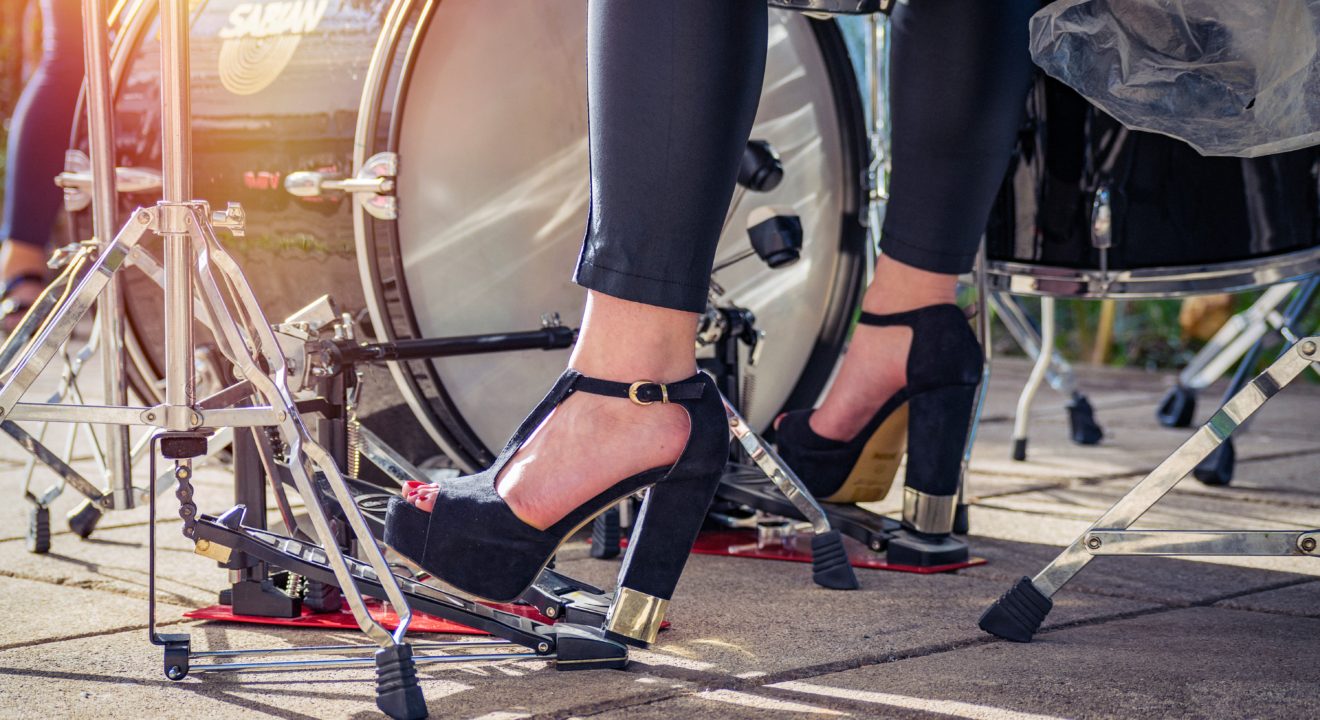Style June 21, 2018
"Keep your heels, head and standards high."


High heels, without a doubt, have historical roots as a male-centric creation. The New York Times credits high heels’ less than feminist upbringing all the way back to 15th century Persia. Male horse riders wore heels to “stand up and stabilize stirrups” for better shooting accuracy. As sports were a wealthy activity, high heels soon became associated with social status. In addition, men wore heels to gain extra height against their female counterparts to assert their sexual dominance. Louis XIV wore red heels, only worn by the royal court, that later translated to the ultimate status symbol, Christian Louboutins. Which brings us to this question: Why, as a feminist woman, would I subject myself to a patriarchal invention?
In the same article, The New York Times discusses sexism with art publicist Florie Hutchinson. Hutchinson shares the discomfort she felt when she typed “shoe” into her phone and the red heel emoji was the first to pop up. She refers to this as the “emoji that broke the camel’s back” and led her to submit a proposal to an emoji subcommittee, encouraging the inclusion of the “not seductive or sexualized flat.” While I appreciate the inclusion and suggestion of choice, at some degree the signification or symbolization of a heel being sexual reinforces the very objectification Hutchinson is fighting against.
Findings from a study by psychologists Paul Morris, Jenny White, Edward Morrison and Kayleigh Fisher from the University of Portsmouth in the UK indicate that the female walk is enhanced by heels and therefore is considered more attractive. The study suggests that women who wear heels on some conscious or subconscious level wear them to feel more attractive. And feeling attractive boosts self-confidence. However, whether it’s for fashion or sexuality, there should be no shame in that game.
Hutchinson suggests with her agenda that the act of wearing high heels is automatically for a sexualized purpose. But today, I feel that is an outdated viewpoint. I wear heels for confidence, pride and as a symbol of feminine power, and sometimes I wear them just to look sexy. I read Hutchinson’s initiative as somewhat shunning the idea of feminine sexuality and misses the opportunity to challenge the real issue, society’s view on female bodies and sexuality.
Heels or flats, women should feel free to make the choice without being susceptible to societal ridicule. Ultimately, I believe that is at the heart of Hutchinson’s emoji proposal. There is a negative connotation enforced for the female who wears heels. While its origin might have served a male purpose, today women have the power to shift that view. At the end of the day, women should wear what makes them feel the most them. Whether that’s comfort sneaks, Stilettos or slides, just do you!